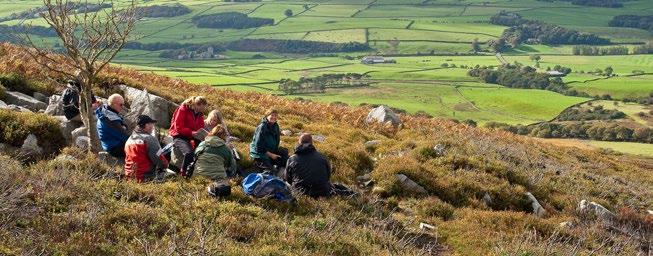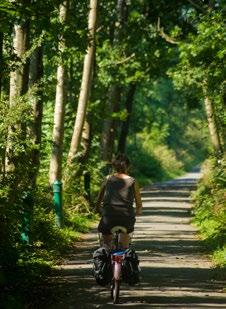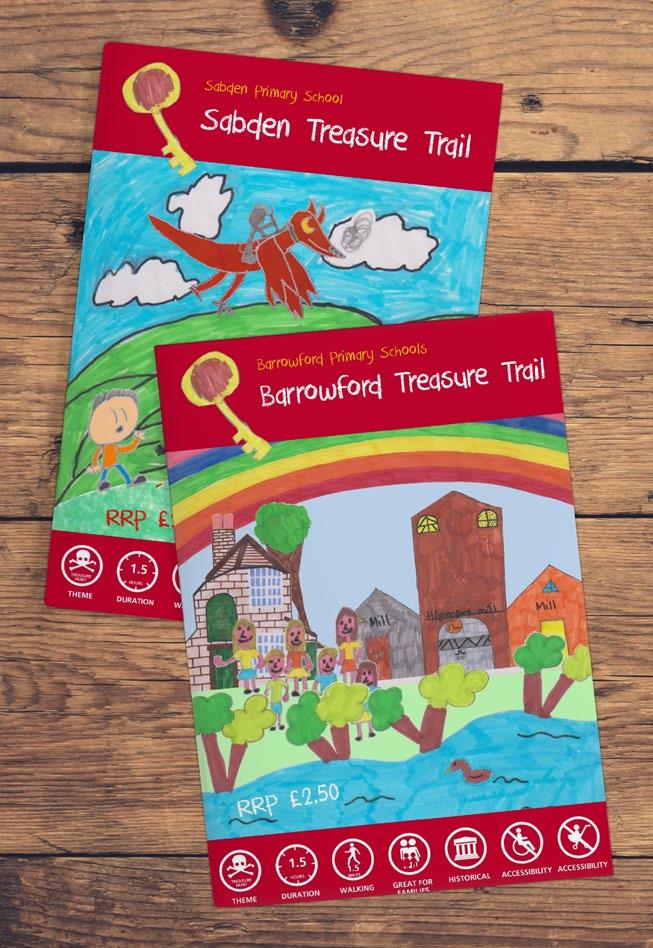
4 minute read
Welcoming Waders Back To The Uplands
by Hetty Byrne
Wading birds like the curlew and lapwing are a welcome sign of the return of Spring to Bowland, where the RSPB’s new conservation advisor Hilary McGuire is helping farmers manage their land using more wader-friendly practices
44 How did you get involved with this project?
Advertisement
My current role as Conservation Advisor is to coordinate the annual wader survey in Bowland and to provide conservation and agri-environment advice and support to farmers and land owners.
How are these birds doing nationally?
l Curlew: the UK holds a hugely significant quarter of the total global breeding population but there has been a 48% decline in curlews since the mid-1990s. On the “Red” list of Birds of Conservation Concern and now globally near threatened.
Hilary McGuire
l Lapwing: Since 1960 the numbers of lapwings in England and Wales have dropped by 60%. Also on the “Red” list.
l Snipe, redshank and oystercatchers are all on the “Amber” list and declining too.
What are the reasons for the declines? Changes in land use leading to habitat loss and poor breeding success is the key driver behind the decline of the UK’s breeding waders. This includes afforestation and agricultural intensification - the draining of fields that were once boggy, and the replacement of diverse hay meadows with monocultures of rye grass for silage. How are these species doing in Bowland? In recent years, populations have been holding steady but only where good habitat remains. Trends are better on land that is being managed specifically for them through stewardship schemes. Waders have disappeared from many areas that are now dominated by silage fields.
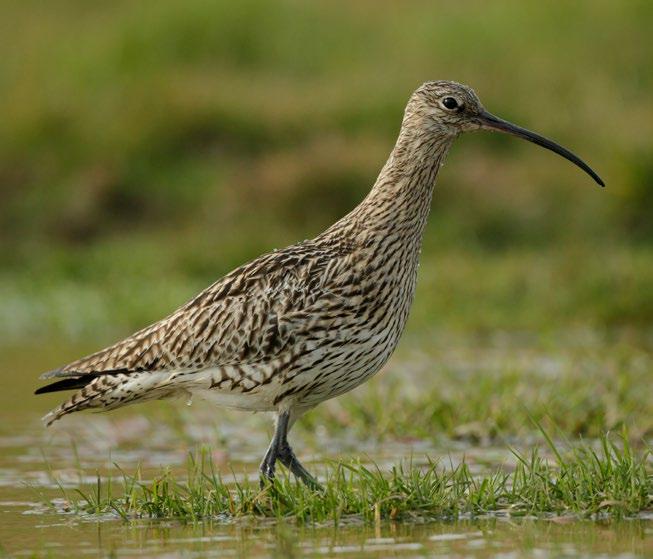
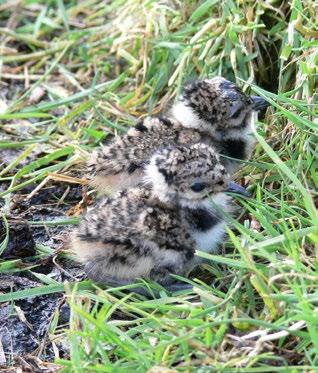

What is it they particularly like about Bowland? The Forest of Bowland retains areas of traditional livestock farming on the moorland edges and has huge potential to help boost the numbers of declining upland birds if this could be restored more widely across the AONB. Land use changes leading to the decline of these species have been less pronounced in Bowland than elsewhere, and many farmers have worked hard to manage their land to maximise wader habitat by entering into stewardship schemes. What does habitat improvement work involve? Waders need a mosaic of habitats for nesting and feeding including traditionally managed meadows, both rough and shortergrazed grassland, wet heathland, blanket bog and wetland areas rich in invertebrates. These habitat types are threatened both by agricultural intensification and agricultural abandonment. Careful stewardship of the land with less-intensive livestock farming by farmers and land managers is absolutely key to saving these birds. How can farmers do their bit? Farmers can help breeding waders by mowing their hay and silage meadows later in the summer to avoid destroying nests and flightless chicks. Managing rushes to prevent them dominating fields and grazing with cattle to provide a mosaic of habitats including rough grazing, wet rushy pastures, and traditionally managed meadows will provide safe nesting and food-rich habitat for all the wader species. They can also create or maintain wetland areas on the farm to provide muddy edged scrapes, rich with invertebrates, on which waders and their chicks can feed.
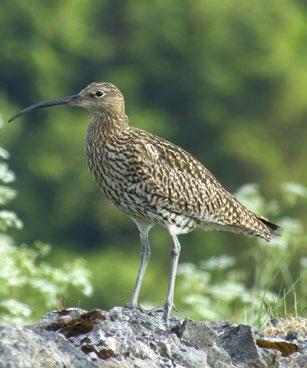
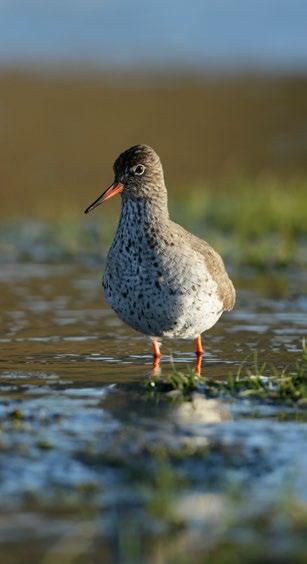
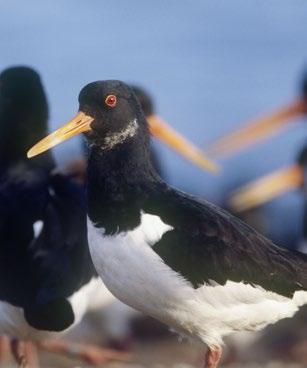
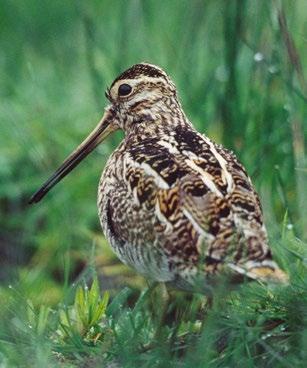
Snipe © Andy Hay (rspb-images.com)
The Waders Of Bowland
l Curlew: These distinctive birds are famous for their long down-turned bills and beautiful, haunting call. The arrival of our largest wader heralds the start of spring.
l Lapwing: The Lapwing has many unique vernacular names. In Bowland they are referred to as ‘Tewits’ and local place names, such as Tewitfield, demonstrate how widespread and common lapwing once were. Local farmers call them ‘farmer’s friends’ as they eat the snail that causes liver fluke in livestock.
l Oystercatcher: Oystercatchers have been gradually colonising inland areas, spreading from rivers and lakes to the nearby farmland. With their black and white plumage and highly vocal nature they are often referred to as pied pipers.
l Redshank: These red-legged birds are our scarcest wader and draw attention to themselves with their loud, ‘tu-tu-tu’ calls and white flash on the rear of the wing.
l Snipe: Usually only seen when taking flight from boggy ground at close range. In their spectacular display flight, snipe make a unique ‘drumming’ sound produced by the air vibrating their outer tail feathers.
The RSPB has been supporting Bowland’s farmers for over 20 years by securing income to farm in a more wildlife-friendly way. Farmers can receive free help and advice on how to help wildlife on their farms. Telephone 01524 581010.

